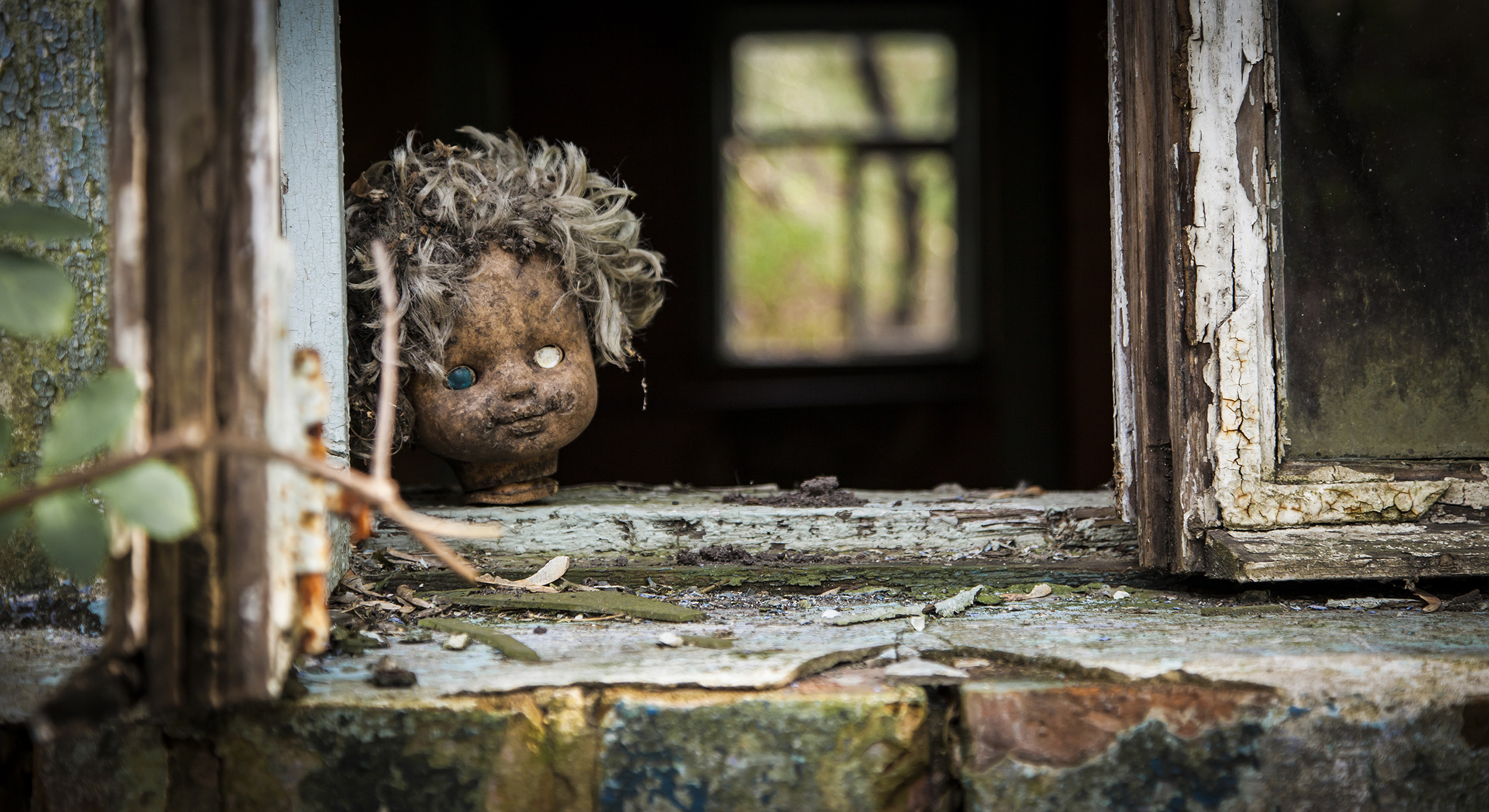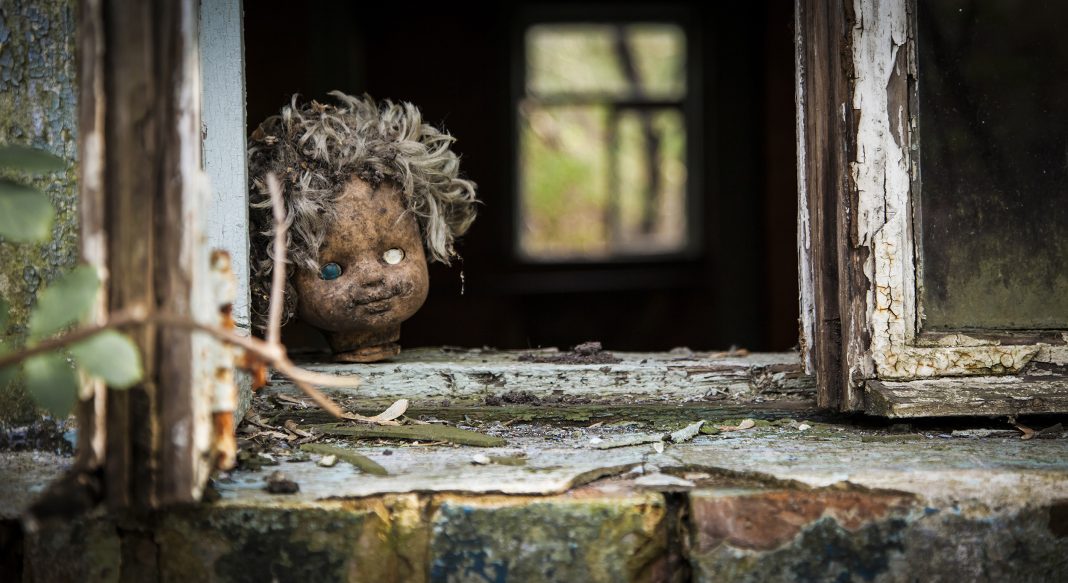
Thematic Travel: The Rise of Dark Tourism and Risk Travelers
Introduction:
In recent years, a new trend in tourism has emerged, with some travelers no longer seeking the typical relaxing vacation. Instead, they are on the hunt for serious adventure, venturing into countries that the State Department advises against visiting. This growing phenomenon, known as dark tourism, involves travelers visiting sites of natural disasters, mass murders, or other events where something bad has happened. Let’s dive deeper into this trend and explore the motivations behind it.
The Allure of Risk Traveling:
For risk travelers like Eli Snyder, a man in his 20s from Kansas City, Missouri, visiting dangerous places is an opportunity to break away from the familiar and experience something dissimilar to their suburban upbringing. Snyder, who backpacked through Afghanistan, expressed his preference for visiting places like Pyongyang, the North Korean capital, over more conventional destinations like Winnipeg. This desire for novelty and the thrill of being in a potentially risky situation is what drives many risk travelers.
Thematic Travel and Collecting Experiences:
Rob DelliBovi, CEO of RDB Hospitality Group, has coined the term “thematic travel” to describe this trend. He notes that many people nowadays seek to “collect” experiences, even if they are more sinister than the usual tourist attractions. Just as some travel solely to enjoy a great meal, thematic travelers are drawn to places with travel warnings or impending natural disasters for the emotional intensity and sense of accomplishment that comes with being there and making it out.
The Most Popular Destinations for Risk Travelers:
According to DelliBovi, the Middle East attracts the most risk travelers, followed by Central America and Africa. These regions offer a mix of cultural richness, historical significance, and the thrill of visiting dangerous areas. However, it’s important to note that countries or regions designated as “do not travel” areas have earned that status for valid reasons.
Understanding Travel Advisories and Risk Levels:
A senior director at FocusPoint, a company specializing in emergency responses for individuals and organizations, explains that countries or regions receive travel advisories based on risk indicators such as crime, terrorism, civil unrest, natural disasters, and health concerns. Afghanistan, Lebanon, Haiti, Iran, and Bangladesh, among others, are listed as Level 4 “do not travel” areas. The State Department warns that the US government may have very limited resources to assist citizens in dangerous situations.
The Limitations of Government Assistance:
It is crucial for risk travelers to understand that their government is unlikely to assist them in most cases. A State Department spokesperson emphasizes that during an emergency, the government may have limited ability to provide assistance. This lack of support extends to in-country responses, as travel risk memberships like those offered by FocusPoint do not cover situations where the traveler’s home country’s government advises against travel.
Conclusion:
The rise of dark tourism and risk travelers reflects a growing desire for unique and intense experiences. Thematic travel allows individuals to step out of their comfort zones and collect unconventional memories. However, it is essential for travelers to be aware of the risks involved and understand the limitations of government assistance. While the allure of visiting dangerous places may be strong, it is crucial to prioritize safety and make informed decisions when embarking on these adventures. Remember, conditions in any country can change at any time, and it’s vital to stay informed and prepared while indulging in the thrill of risk travel.


